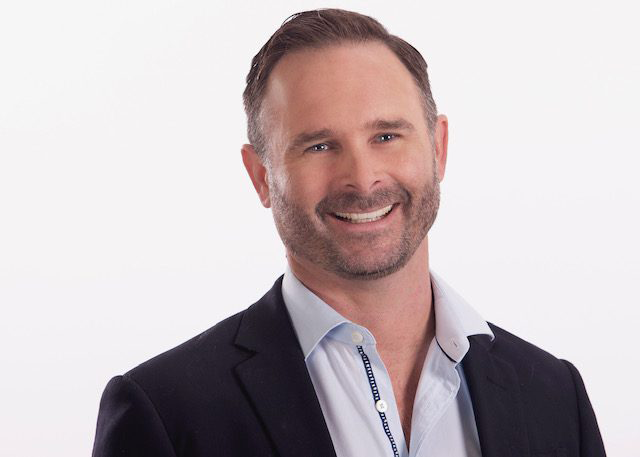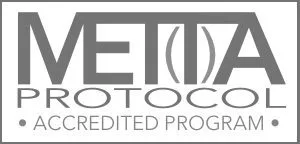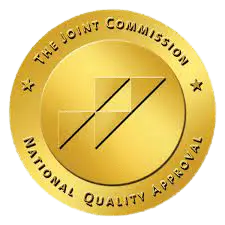Opioids, when used properly, can be a game-changer for individuals suffering from chronic pain or other disorders. But, at what cost?
6% of individuals prescribed an opioid go on to abuse opioids in the future. And, while 6% might not seem like a lot, doctors write over 153 million opioid prescriptions a year to the tune of 46.7 per 100 people. That 6% translates to over 9 million people annually that will continue to abuse opioids past their prescription.
If you are struggling with opioid misuse or addiction, get help now at our opioid treatment center, SEE Purpose. Our compassionate staff are available to support you 24/7.
What Are Opioids?
Opioids are pain relievers that impact the opioid pain receptors in your nerve endings. Opioids are highly efficient and work quickly at stopping pain.
Common prescription opioids are oxycodone, hydrocodone, codeine, and morphine. Illegal opioids include heroin and the synthetic opioid fentanyl, which has killed more than 58,000 people in 2020.
Why Are Opioids Addictive?
Opioids are addictive because of how quickly they work and the chemicals they cause to be released in the brain.
When your body ingests an opioid, through either injection, by mouth, or snorting, this fast-acting drug works to stop the pain in the nerve endings. This positive, pain-free, feeling causes dopamine to be released in the brain, activating the reward receptors and indicating that whatever your body just did should be done again because this is a good feeling.
Unfortunately, what your body just did, was ingested a toxin.
What Are the Signs of an Opioid Addiction?
The signs of opioid addiction include some of the most common addiction symptoms. The CDC indicates that the behavioral signs of addiction include, “trying to stop or cut down on opioid use but not being able to, making mistakes at school or on the job because of using opioids, hurting relationships with family and friends because of opioid use, developing a tolerance and needed larger amounts of opioids to get high, overdosing on drugs, and having strong cravings for opioids.”
It is also important to note the physical signs of opioid addiction. Symptoms of opioid use include “drowsiness, confusion, nausea, constipation, euphoria, slowed breathing.” Additionally, opioid use can lead to overdose, so it is important to be aware of those symptoms as well.
- The person’s face is extremely pale and/or feels clammy to the touch
- Their body goes limp
- Their fingernails or lips have a purple or blue color
- They start vomiting or making gurgling noises
- They cannot be awakened or are unable to speak
- Their breathing or heartbeat slows or stops
If you or a loved one have an opioid addiction, it is important to get help now. Contact SEE Purpose Center for Addiction Treatment today to see how our compassionate staff can support you through recovery.
How Can an Opioid Treatment Help You or Your Loved One Get Sober?
At SEE Purpose, our opioid treatment center, we help clients see their purpose again. Through a combination of traditional and alternative therapeutic treatments, our treatment programs are designed to meet the specific opioid addiction treatment that our clients need. Our opioid addiction treatment program includes detoxification, addiction treatment, and aftercare planning for our clients to promote continued sobriety.
With holistic wellness in mind, at SEE Purpose, we combine the best addiction treatments with a safe and relaxing environment to promote focus on rehabilitation. With luxury amenities and a compassionate staff, our clients are able to find their purpose.
Contact us today to see how we can help you battle addiction and regain your purpose.







